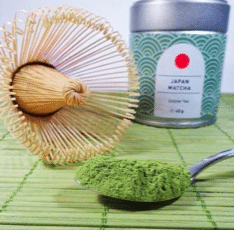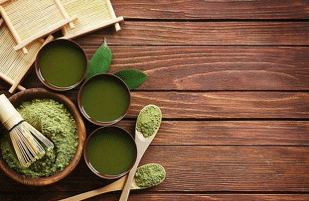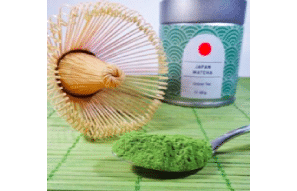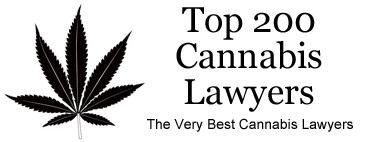Kratom (Mitragyna speciose) is a Southeast Asian tropical plant that is native to the region. Kratom is becoming popular in the United States. as a herbal supplement and a natural alternative to prescription opioids. Kratom is a contentious substance in the United States because it is currently unregulated on a federal level. It may not be lawfully bought and used without a prescription in many parts of the country.
Although the Drug Enforcement Administration (DEA) has placed Kratom on a list of substances of concern, it is still under the schedule to classify as a controlled substance under the Controlled Substances Act. On a state level, kratom regulations continuously evolve and differ considerably from one state to the other. Some states outright banned the chemical, and others adopted laws to protect Kratom by regulating its manufacture and sale. The majority of states have no Kratom laws, leaving the decision to the federal government. Hence, the question regarding current kratom legality garners varied answers.

Is Kratom Legal in the U.S.?
Kratom users have said that the drug has opioid-like effects. Many people who use Kratom have testified to the multiple advantages of the herbal supplement compared to prescription medicine and opioid regimen. Some people have suggested that Kratom can help them wean themselves off opioid-based painkillers and live healthier lives.
There are ongoing discussions and disputes over the legality of Kratom and where it fits into the spectrum of other illegal substances. There was no national regulation on Kratom as of 2018. However, the chemical is illegal in some parts of the United States, including Washington, D.C., Indiana, Alabama, Tennessee, Arkansas, Wisconsin, and Vermont.
The Drug Enforcement Administration (DEA) has considered making Kratom a Schedule I substance. The DEA defines a Schedule I substance as one that has “no currently accepted medicinal purpose and a significant potential for misuse.” The Drug Enforcement Agency can put certain active components in Kratom as Schedule I substances under the Controlled Substances Act to avoid a public health crisis.
Why are the rules surrounding Kratom in the United States so unclear?
The Drug Enforcement Administration (DEA) has already proposed to ban Kratom on a federal basis. However, they have dropped this advice for scientists to study Kratom and provide more conclusive data in terms of potential hazards.
Kratom’s Growing Popularity
Kratom has been used in the practice of traditional medicine since the 19th century. The leaves of Kratom being consumed or steeped in teapots for energy is becoming more common. Kratom leaves have lately been crushed into pills or crushed in the same way that marijuana or tobacco leaves.
A small amount may boost energy for certain people, while a big dose may make them tired. Some regular users have claimed that withdrawal from Kratom causes pain, diarrhea, and even depression. However, there is still no clear evidence in terms of withdrawal or addiction.

Kratom’s Safety and Potential Health Benefits
The FDA says Kratom is a danger, but they also say that additional research is needed before making any definitive judgments. That sounds confusing.
In recent years, the FDA has issued warnings that Kratom products may contain bacteria. They are even taking action against companies that sell Kratom as a therapy for opioid addiction.
It is wrong to suggest that Kratom is harmless or encouraging the use of Kratom-related items. However, like with anything, it’s wise to take a step back and look at the plant’s history and decades of use. Kratom is a natural chemical that belongs to the same family as coffee. It has a long history of use in Southeast Asia, primarily used as a tea or herbal remedy. With this in mind, it’s reasonable to assume that Kratom is more similar to coffee or tea than a psychoactive substance.
Furthermore, many users describe favorable experiences with Kratom, claiming that it can improve mood, reduce pain, and treat various health issues like back pain, arthritis, and PTSD.
That’s not to suggest that one should use Kratom or that it’s completely safe. Rather, it’s to emphasize the need for additional scientific data and investigation into the plant. In many ways, this situation resembles the early days of CBD oil, when there was much misinformation, and it was eventually disproved in the face of scientific facts.
Why isn’t Kratom legal in all places?
There are various ways in which Kratom is used in various parts of the world for medical purposes. Kratom is commonly regarded as an addictive substance. The Food and Drug Administration (FDA) has little proof that Kratom has significant therapeutic benefits, further tarnishing the substance’s reputation as a medicine.
Kratom has a wide spectrum of potential adverse effects. Long-term usage of Kratom can result in significant weight loss, skin darkening, frequent urination, constipation, muscle soreness, and liver damage. More significant problems, such as hallucinations or delusions, might occur in addition to nausea, vomiting, chills, sweating, itching, and lack of appetite.
In some instances, breathing difficulties, seizures, and even coma have been reported. When coupled with other drugs, there is a substantial risk of overdosing. Many states and communities have outlawed Kratom as a result of these factors. They seek to safeguard their inhabitants from the harmful health impacts and probable addiction by making it illegal.
Conclusion
As you can see, Kratom is a delicate subject that requires maintaining a fine line between legal and unlawful. The truth is that scientific investigations will ultimately determine whether or not Kratom, like many other previously taboo substances, should be broadly accepted. For the time being, Kratom may or may not be legal, depending on where you are. Only time can tell if federal officials in America will take a different stance on the use of Kratom.




